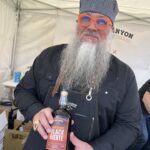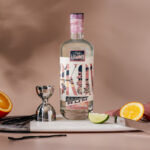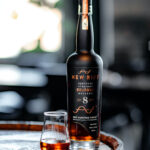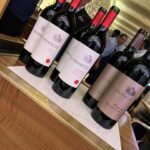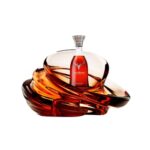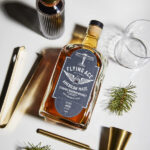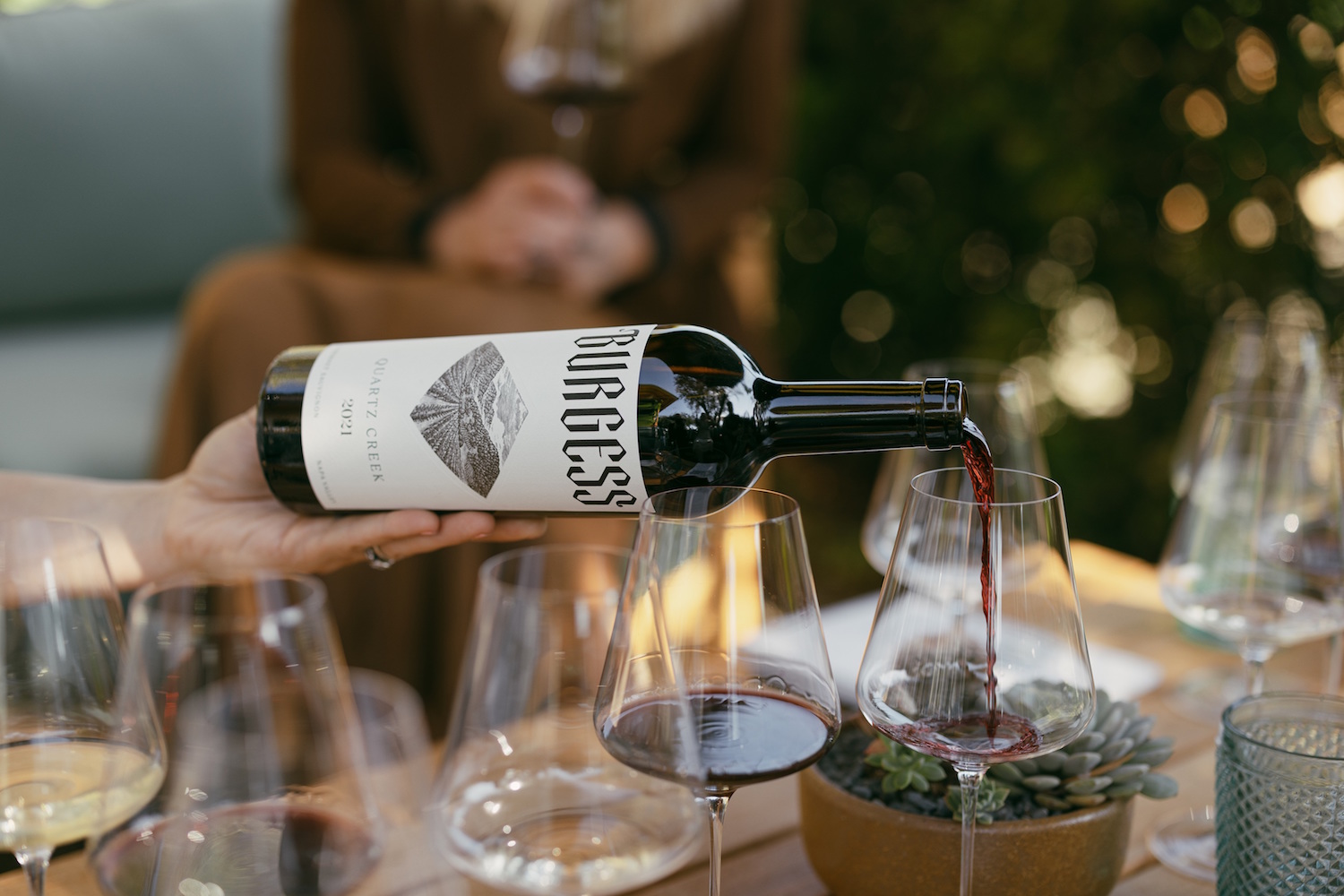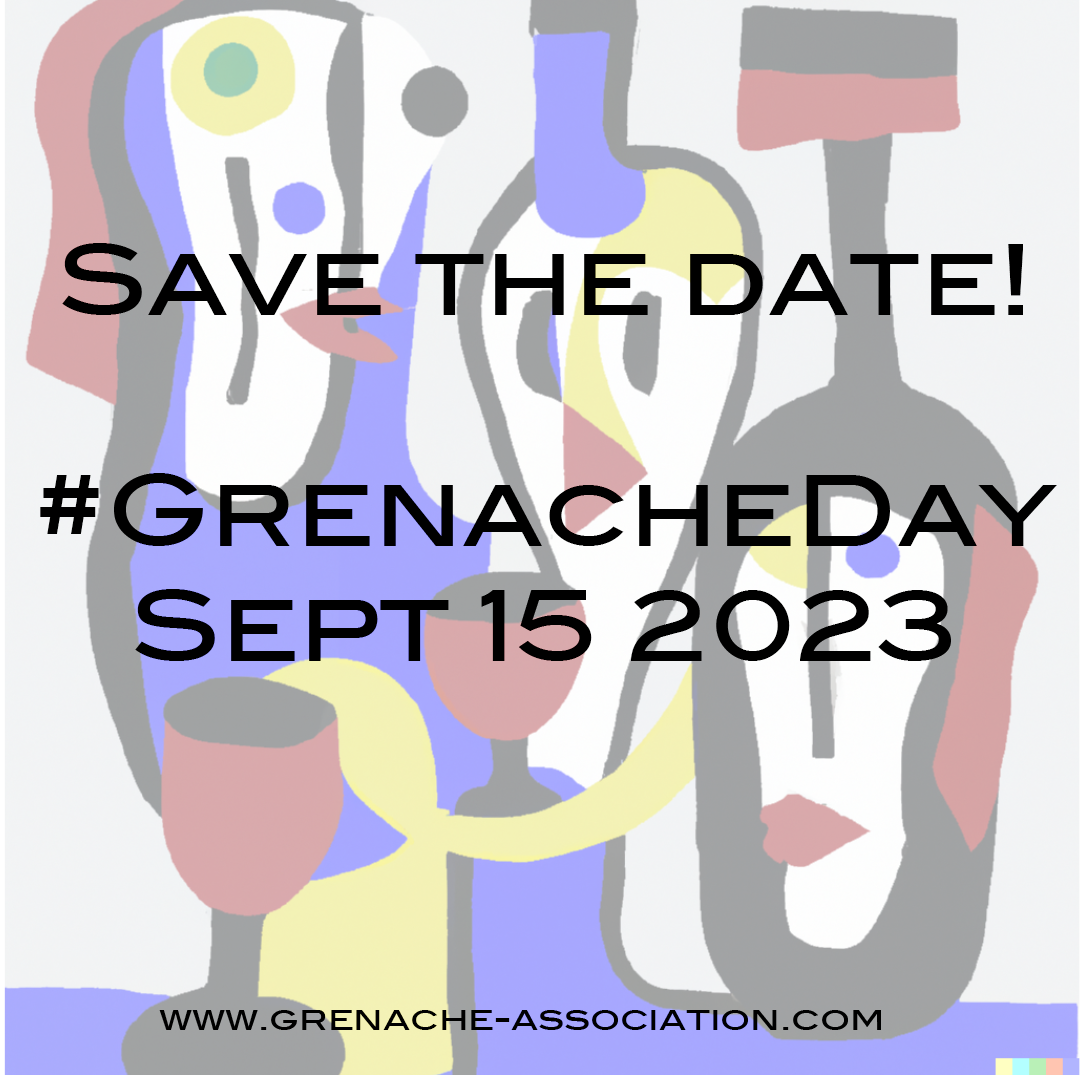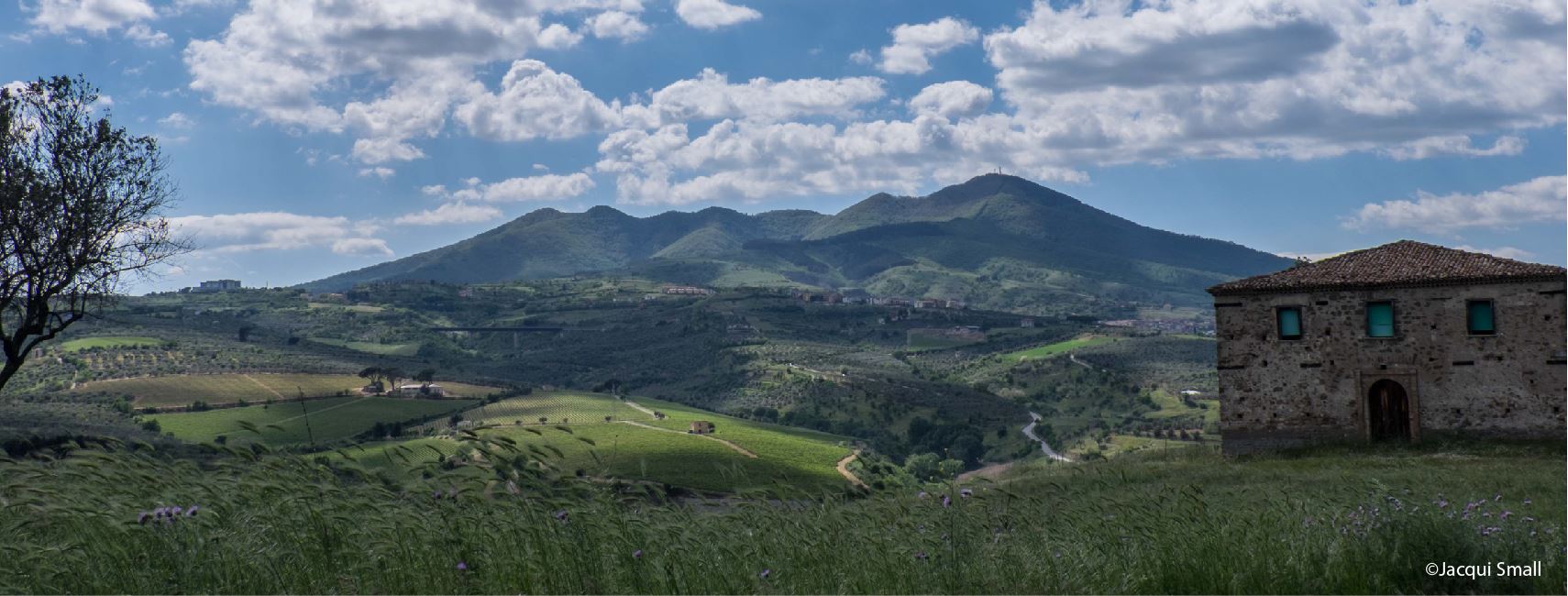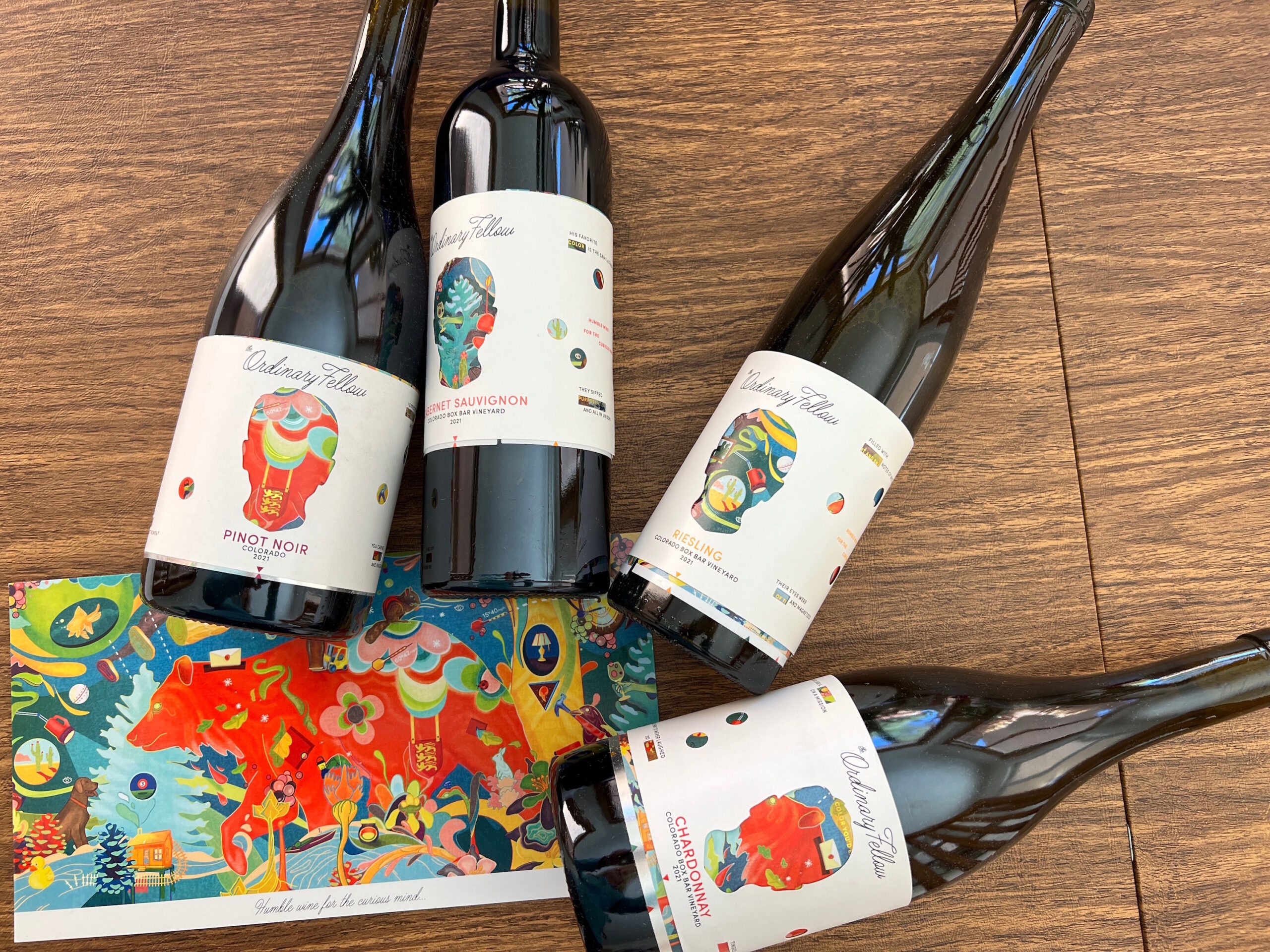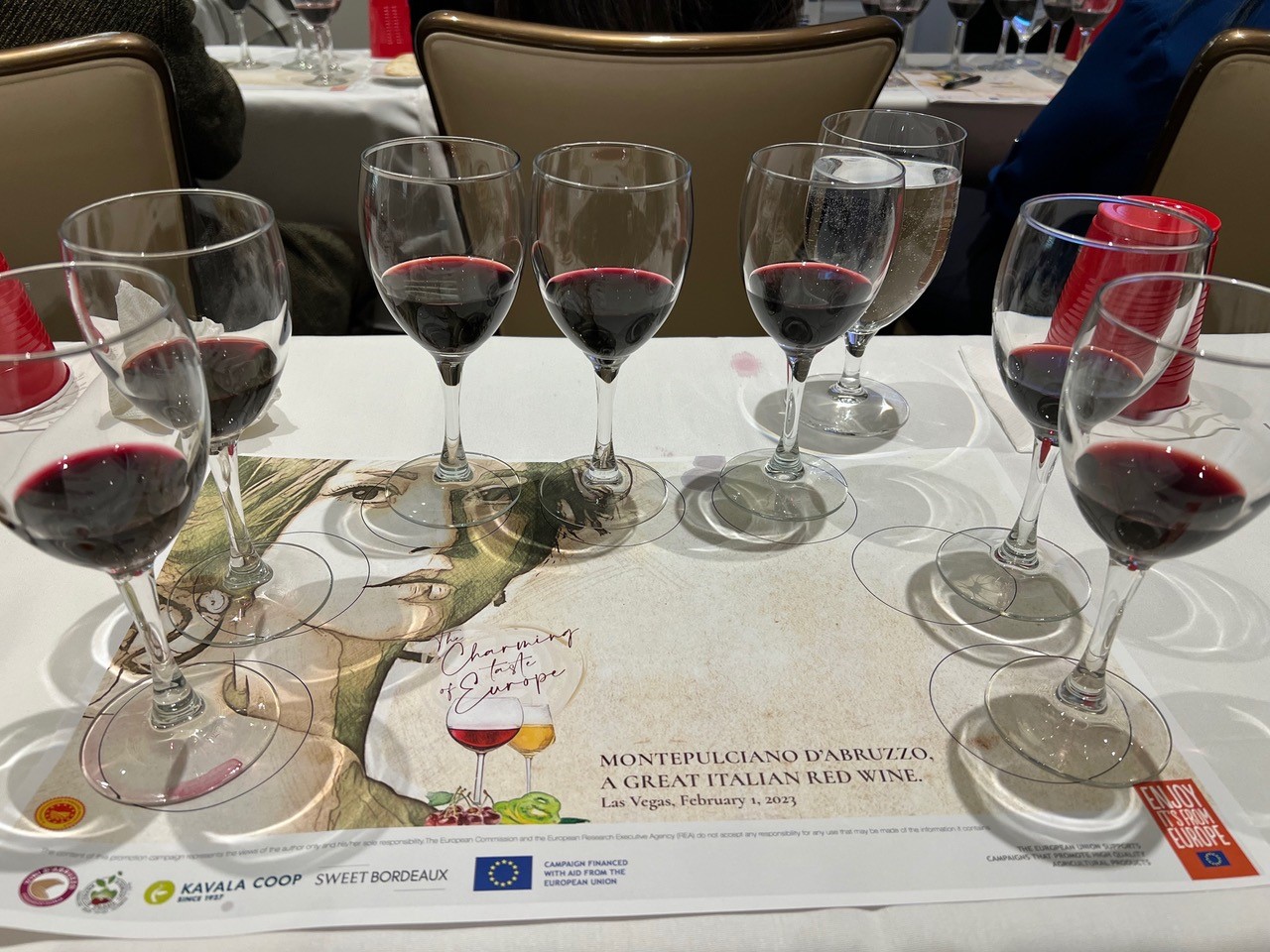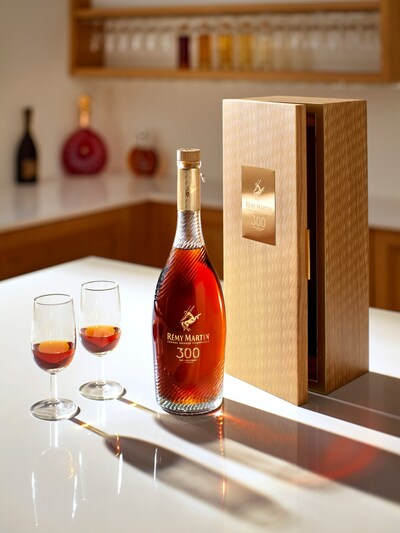
RÉMY MARTIN CELEBRATES ITS 300TH ANNIVERSARY AND UNVEILS A YEAR OF CELEBRATIONS ALL AROUND THE WORLD
The celebrations mark the brand’s commitment to crafting exceptional cognac and welcomes in the next era of the House’s legacy with the launch of the 300th Anniversary Coupe blend. NEW YORK, /PRNewswire/ — Born in 1724, the House of Rémy Martin will celebrate 300 years of exceptional cognac-making this year. To mark its tricentenary, the House will…
